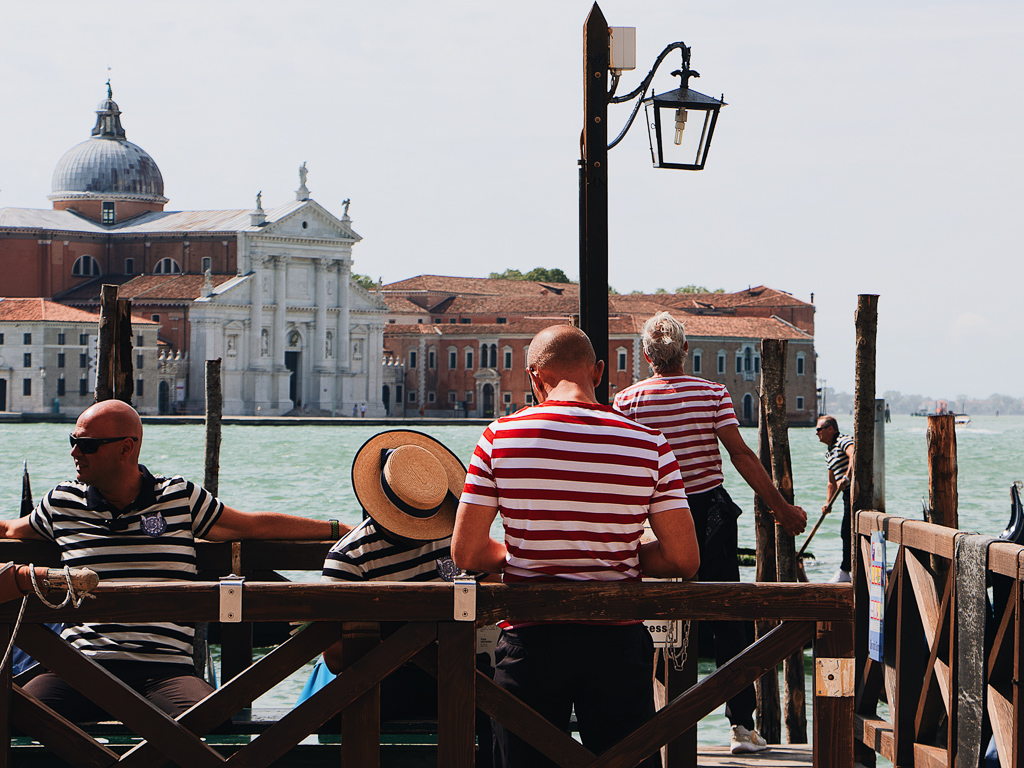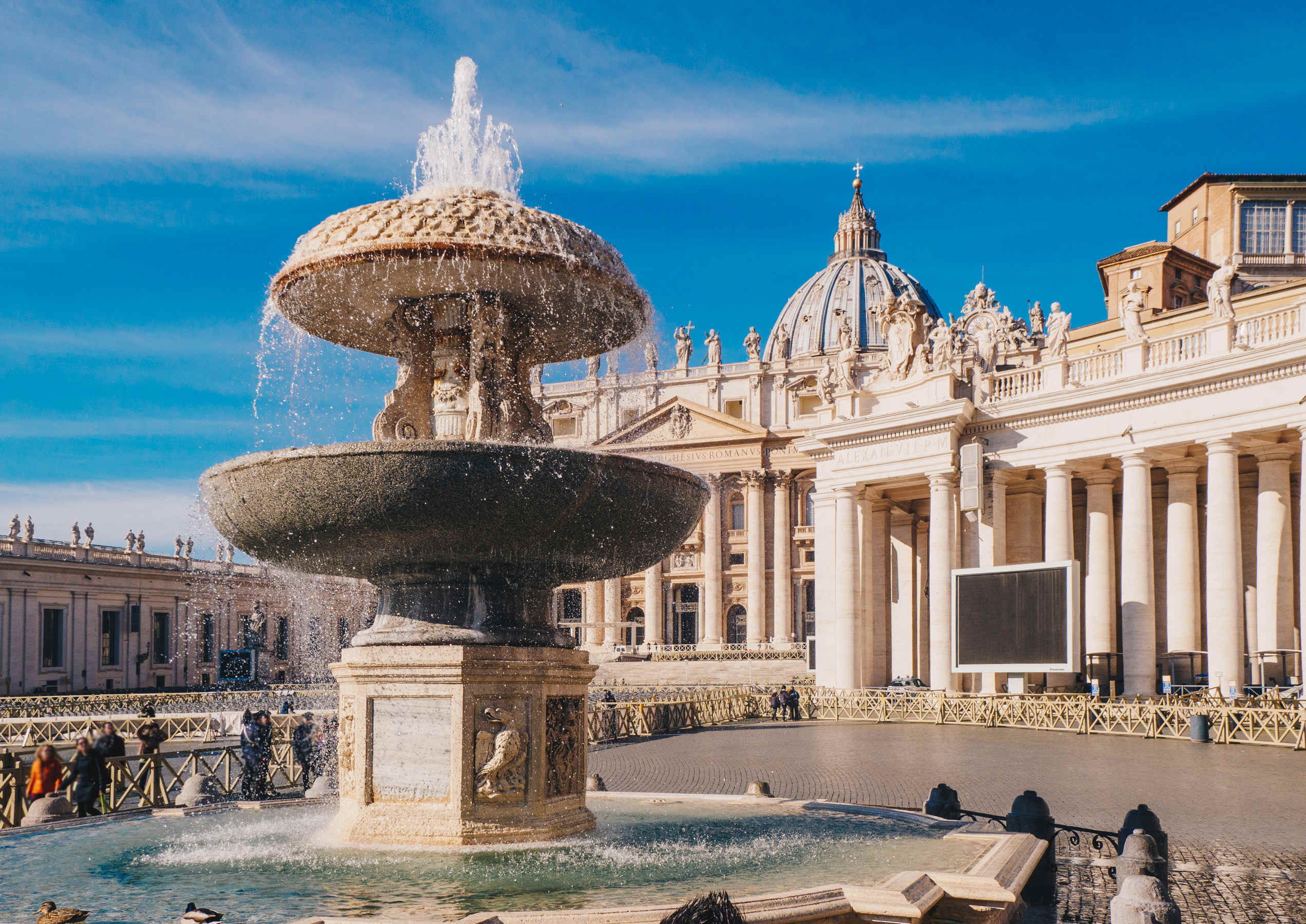With Tips from Context Expert Dimitra Pilarinou
Crete, the largest island in Greece, is a treasure trove of archaeological wonders that transport you back in time to ancient civilizations. At the centerpiece of this captivating island are the iconic sites of Knossos and Heraklion, each holding a rich tapestry of history and culture waiting to be discovered.
"Archaeology on Crete is special as the island has been inhabited for the last 9,000 years. Since the dawn of its history Crete has become the cradle of the oldest advanced civilization in Europe - the Minoans and the coveted land of milk and honey in the most strategic spot for Romans, Byzantines, Saracens, Venetians, Ottomans and Egyptians, all leaving their indelible mark on the Cretan landscape, cuisine, idiom for the last 2,000 years."
-Dimitra Pilarnou, Context Expert since 2019
For travelers who want to enhance their knowledge of these incredible places, Greek Island tours are a great way to get expert insights as you see mythology come to life.
Discovering the Magnificence of Knossos Palace
Knossos Palace, located just outside the modern city of Heraklion, is an archaeological site that reveals the splendor of the Minoan and Mycenaean civilizations. Step into a world that dates back over 3,000 years, where labyrinthine palaces, vibrant frescoes, and intricate artifacts paint a vivid picture of a sophisticated society. As you wander through the site, you'll feel the energy of the past radiating through the ruins, building an atmosphere of curiosity and awe in this ancient city.
The Palace of Knossos, believed to be the mythical labyrinth of King Minos, stands as the hallmark of this archaeological marvel. Immerse yourself in its grandeur as you wind through the maze-like corridors, majestic courtyards, and storied chambers. Admire the colorful artwork adorning the walls, depicting scenes of daily life, religious rituals, and mythical creatures. The Throne Room, with its symbolic throne and elegant columns, evokes a sense of power and authority that once reigned over this remarkable civilization.

Unraveling the Secrets of Knossos
"A visitor to Crete shouldn't miss a visit to the Palaces of the Minoan Bronze Age world (Knossos , Phaistos, Malia) thousands of years old and unbelievably sophisticated, the Byzantine frescoed churches (Panagia Kera) that transport us to the mystical atmosphere of medieval Crete, the Venetian period monasteries, fortresses and cities (Arkadi, Spinalonga, Rethymno and Chania) that demonstrate why Crete was the jewel on the crown of Venice. Not to miss also are the Museums: The Archaeological Museum of Heraklion - 2nd biggest in Greece & most important in the world for Minoan collections, the brand new Chania and Agios Nikolaos archaeological museums, the unique in Homeric period finds Eleutherna Museum, just to select a few."
The best way to appreciate the historical significance is to take a guided tour of Knossos. The local guide on your Crete tours will help you delve into the details of the ruins, connect the artifacts to the societal structures of the civilization, and paint a picture of the thriving Bronze Age Mediterranean world.
When exploring the archaeological site of Knossos, you will see the Royal Villa, a complex of rooms showcasing the opulence enjoyed by the Minoan elites. You can also marvel at the intricate plumbing systems that provided running water to the city, a feat of engineering ahead of its time. Discover the intriguing religious sites, such as the Temple Repositories and the Cult Center, where ancient rituals and ceremonies took place.
One of the tour’s highlights is the Throne Room of Minos. Unearthed by archaeologists in 1900, the Throne of Minos sits in what is believed to be the oldest throne room in Europe, dating back to the 15th century BCE. The throne itself is an alabaster seat flanked by two wingless crowned griffins.
Immersing Yourself in Cretan History at the Heraklion Archaeological Museum
Less than five miles from the ruins of Knossos Palace is one of the oldest and most important museums in Greece – the Heraklion Archaeological Museum. That’s where your full-day tour will continue after your time at Knossos.
One of Greece's most significant archaeological repositories, the museum contains a wealth of artifacts from across Crete's rich history. Its comprehensive collection, spanning over 5,500 years of Cretan prehistory and history, includes exquisite sculptures, pottery, and jewelry that offer insights into the daily lives of the Minoans and other ancient civilizations that flourished on the island.
For many historians and historically-minded travelers, the highlight of the museum is the exhibits of the glorious Minoan civilization. The Minoans were the first urban-palatial culture on European soil. From highlighting the formation of the first communities to the rise of the ruling classes and the consolidation of palatial power and hierarchy, you’ll gain a deeper understanding of the age of Minoan dominance over the Aegean.
The celebrated Minoan art is featured through thousands of objects with both cultural and artistic significance. Among the most spectacular are the famous faience Snake Goddesses, the stone bull's-head rhyton, the Prince of the Lilies and Bull-Leaping frescoes, the gold Bee Pendant, the Hagia Triada Sarcophagus, the polychrome Kamares Ware vases, the Linear B tablets from Knossos, and the enigmatic Phaistos Disc.
The famous Phaistos Disc, often considered the museum’s crown jewel, is an artifact covered in a unique hieroglyphic script that continues to puzzle historians and archaeologists to this day.

Finding the Treasures of Heraklion City Center
After immersing yourself in the wonders of Knossos and the archaeological treasures housed in the museum, venture into the vibrant city of Heraklion, the capital of Crete.
The bustling culinary scene of Heraklion has delicious food for every palate. You can stop for a Greek coffee and the renowned bougatsa pastry (a deliciously sweet semolina custard wrapped in phyllo dough) or sample local delicacies such as dakos, a traditional Cretan salad. It’s also the perfect place to savor fresh seafood by the picturesque Venetian Harbor.
Enjoying local culinary delights is one of the best ways to experience Cretan culture. Whether you fill your glass with water or raki, a potent local spirit, take a moment to drink in the flavors of Crete and reflect on the wonders you've encountered throughout the day.
Exploring Heraklion's Historical Monuments
Heraklion is steeped in history, with roots stretching back to the Roman era. Stroll along the Venetian Walls, a fortification that once protected the city, and soak in the panoramic views of the Aegean Sea. Lose yourself in the winding streets of the old town, where Byzantine churches, Ottoman fountains, and Venetian architecture blend harmoniously.
On a guided tour of the captivating city center, you will visit historical landmarks such as the St. Minas Cathedral, the largest cathedral on the island, as well as St. Titus Church, an example of eclectic architecture that borrows a square facade and a domed roof from different schools of architecture.
You will also walk through Lions Square (Eleftheriou Venizelou Square), one of the busiest parts of Heraklion. Through the course of the day, thousands of locals and tourists will cross the square to look at the stunning Venetian fountain. You will also visit the city’s open-air market to fully immerse in the architectural wonders and magnetic atmosphere of this Venetian-era city.
Weaving Together the Historical Narrative of Crete
A day exploring Crete is an unforgettable experience. With multiple sites and interconnected stories, you’ll get the most out of your day through guided Greek Island tours.
When traveling from the ancient ruins of Knossos through the storied hallways of the Heraklion Museum, you will gain an unforgettable sense of Crete’s cultural richness and an appreciation for its archaeological heritage.
Having a knowledgeable local expert to guide you through the ruins, artifacts, and architecture will help you connect the dots between the ancient Minoan civilization, Greek history, and the archaeological identity of Crete.
You can also explore our full-day Chania and Agia Triada Monastery tour, a private tour that features Chania’s Old Town, the Commonwealth Cemetery, the hill of Venizelos Tombs, and Agia Triada Monastery. This tour is an ideal introduction for those looking to discover Crete through a multi-faceted cultural, historical, and scenic lens.
Your guide will provide invaluable insights, untold stories, and historical context, enriching your experience and bringing the ancient world to life. From the intricate details of the archaeological ruins to the fascinating legends and myths that surround these storied places, you’ll leave with a newfound appreciation for this remarkable Greek Island.














